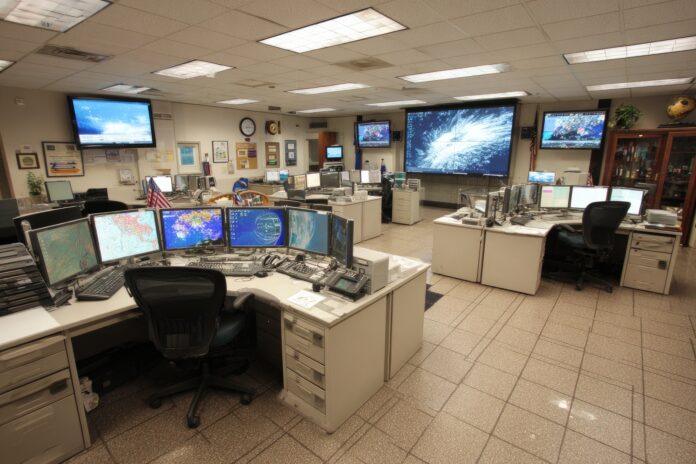America’s Weather Lifeline Faces Unprecedented Cuts
The National Weather Service understaffed crisis is now more urgent than ever. As the 2025 Atlantic hurricane season begins, the agency at the front line of America’s weather warning system faces significant staffing and funding shortfalls. The impact on public safety and disaster preparedness cannot be overstated.
Severe Staffing and Funding Shortfalls
Most importantly, the National Weather Service (NWS) is grappling with staffing shortages. Over the past year, more than 550 employees have left, representing at least 10% of the workforce. This comes alongside a proposed federal budget that would slash NOAA’s allocation by $1.5 billion—a nearly 30% reduction. These figures aren’t just statistics; they’re warnings of what’s to come if the trend continues [CBS News].
Because of mass firings and buyouts, the NWS and its parent agency, NOAA, are facing the loss of critical expertise. Local forecast offices, the National Hurricane Center, and vital regional hubs have all seen personnel cuts. An extended hiring freeze prevents recruiting new talent until at least mid-July, forcing the agency to reshuffle already-thin resources [CBS News].
Why This Crisis Matters
Every year, millions of Americans depend on accurate and timely weather forecasts—especially in severe weather. Besides that, communities rely on warnings to make life-and-death decisions during hurricanes, tornadoes, floods, and other disasters. When forecasters are stretched thin, the risk of delayed or inaccurate warnings rises sharply.
Former NWS leaders have sounded the alarm. In an open letter, five former directors cautioned that ongoing cuts could lead to the “needless loss of life.” Their greatest fear is a future where local offices become so understaffed that some operate only part-time, undermining public safety [CBS News].
Impact on Forecasting and Public Safety
The implications go beyond weather predictions. NOAA’s proposed funding cuts threaten to eliminate much of its research capability and degrade satellite data collection. Therefore, it becomes harder to improve forecasting technology and integrate the latest science into operational systems.
Most critically, the timing of these cuts coincides with a projected “above-normal” hurricane season. NOAA forecasters expect between 13 and 19 named storms—up to five major hurricanes—this year. With fewer meteorologists on staff, responding to multiple simultaneous threats will challenge the system’s capacity like never before [CBS News].
What’s at Stake for Communities
Communities everywhere—rural and urban, coastal and inland—are at increased risk. In fast-moving scenarios, such as a hurricane’s sudden shift or a tornado outbreak, seconds count. If NWS offices are short-staffed or forced to cut hours, critical warnings could be delayed. The consequences are measured in lost lives and property damage that could have been prevented.
Conclusion: Urgent Action Needed
The National Weather Service is a public safety backbone, not an expendable line item in the federal budget. Restoring funding and staffing is not just an investment in weather data; it’s a commitment to safeguarding every community in America. As the hurricane season intensifies and extreme weather events become more frequent, the nation must ensure its meteorological defenses are fully staffed and equipped to respond.
Further Reading and References
- CBS News: Short-staffed NWS enters hurricane season in “uncharted territory.” Meteorologists share concerns.
- CBS News: Former National Weather Service leaders warn about “loss of life” as staffing levels drop
- Stormtrack: Cuts to NOAA impacting the National Weather Service



